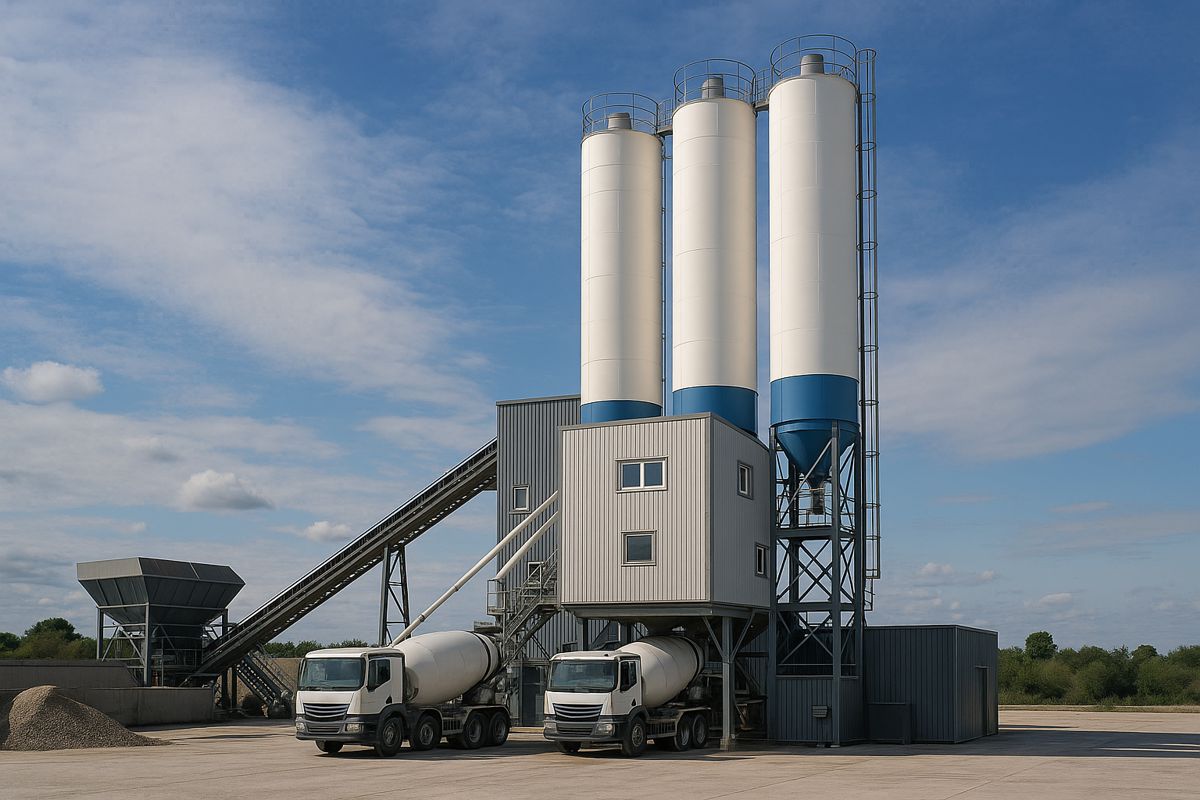Mersey Gateway Bridge, Runcorn to Widnes, Great Britain
Merseyside in North-West England is embracing significant improvements to its transport systems thanks to the landmark construction of the Mersey Gateway. The road bridge over the River Mersey is an integral component of the new A533 Central Expressway. Located 20 km east of Liverpool, it will provide an important transport connection between the towns of Runcorn in the south and Widnes in the North.
Supported by three pylons, the six lane bridge will be 2,130 m long and will provide considerable traffic relief to the existing and over-used crossing – the Silver Jubilee Bridge. PERI Great Britain supported the ambitious project through its in-depth bridge construction expertise, as well as project-specific formwork and climbing technology. Regular on-site support is also provided by a dedicated PERI project manager to facilitate the smooth implementation of the challenging construction task.

ACS Self-Climbing Formwork with enclosed working platforms
One of the challenges common to all bridge construction projects is high wind speeds and the Mersey Gateway is no different. For the three pylons of the cable-stayed bridge – 125 m (south), 80 m (centre) and 110 m (north) high – PERI engineers therefore used the company’s unique ACS Self Climbing Formwork (ACS 100). The solution can be raised hydraulically without the need of a crane and is supported upon a rail fixed to anchors that are cast into the concrete. The advantage of the hydraulic system for the Mersey Gateway is that it can withstand higher wind speeds than standard cranes meaning windy conditions cause fewer disruptions. Additionally, as crane use is restricted on-site, utilising this system means that other areas of the construction project can fully make use of crane-time.
In addition, the simultaneous climbing of units greatly reduced the number of open slab edges which, in turn, enhanced overall workplace safety for site personnel. The enclosed working platforms also provided protection against high winds and rain.

Project-specific formwork solution for a complex pylon structure
An important aspect that needed to be considered during pylon construction was the bracket-type widening. On both sides of the pylons these are positioned in a transverse direction to the supporting carriageway to carry the superstructure. At a height of around 20 m, the highest of the three pylons widens from 6 m to a total of 17.50 m. For this, PERI´s British engineers developed another unique solution consisting of horizontally-positioned SB Brace Frame Units that could be coupled together.
As a result, generously-sized working platforms could be realized with widths of up to 7 m. At the same time, the Brace Frames were able to reliably transferred the loads from cantilevered concreting sections into the pylon shaft. In the process, the respective concreting heights were exactly matched to suit the anchoring requirements in the previous shaft sections.

Combination of girder and panel formwork
Depending on the pylon, the forming required up to 21 cycles with, as a rule, 5.00 m concreting cycle heights. On one part of the outside upper pylon shaft, the ACS R Self-Climbing System was combined with PERI’s VARIO GT 24 Girder Wall Formwork to deliver crane-free climbing units. At the same time, the wall formwork was suspended from the top working platform as a special solution; this meant that the formwork carriage could be retracted together with the formwork after striking and the top working platform could fold upwards. As a result, generous working areas for the reinforcement work were created and all required materials, along with the PERI UP Flex Reinforcement Scaffolding could easily be lifted with the crane.
Inside the pylons, the BR Shaft Platform was used as customized support for the MAXIMO Shaft Elements. In the process, the MAXIMO Shaft Corners created a complete formwork unit with the Wall Formwork Elements. This could then be completely lifted from concreting cycle to concreting cycle. The moving procedure with the Shaft Corner is particularly quick as an all-round striking clearance of 35 mm is created in the corner area when loosening and pulling with the crane.




















